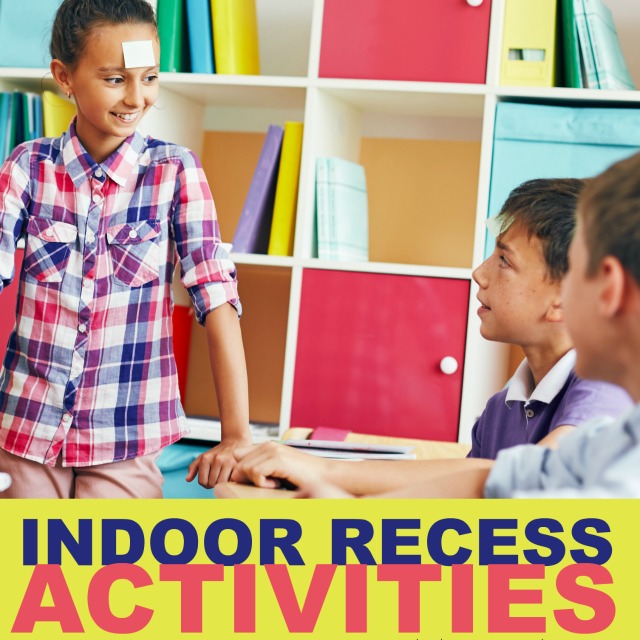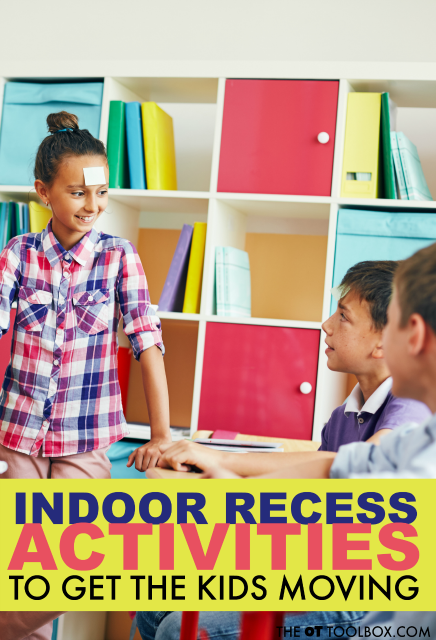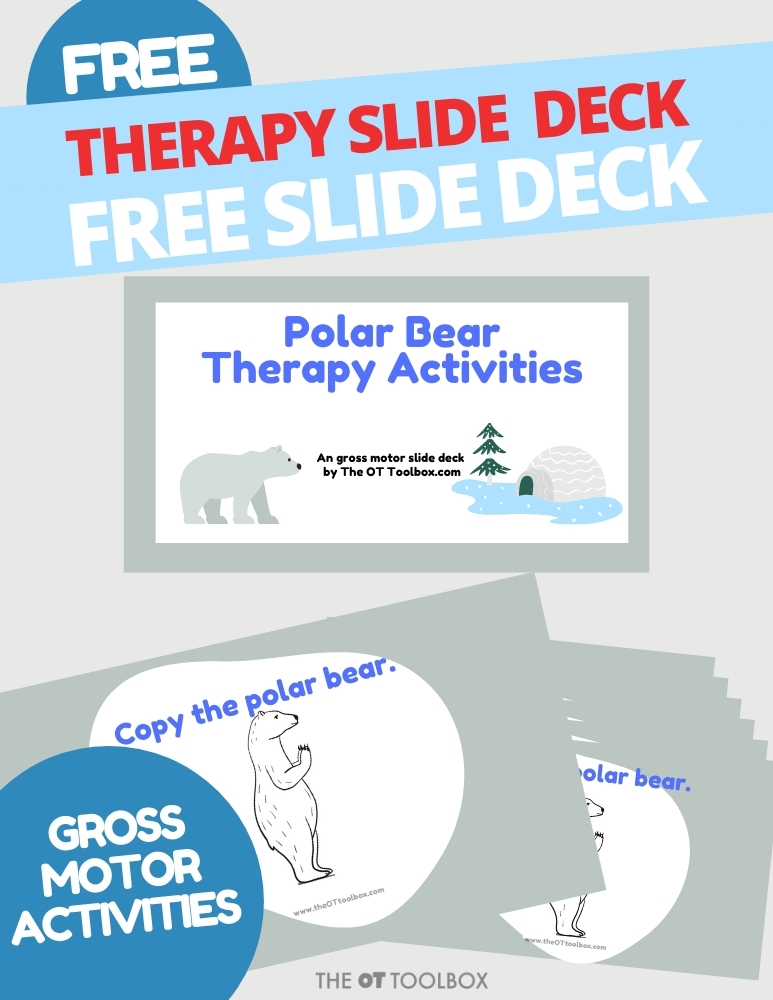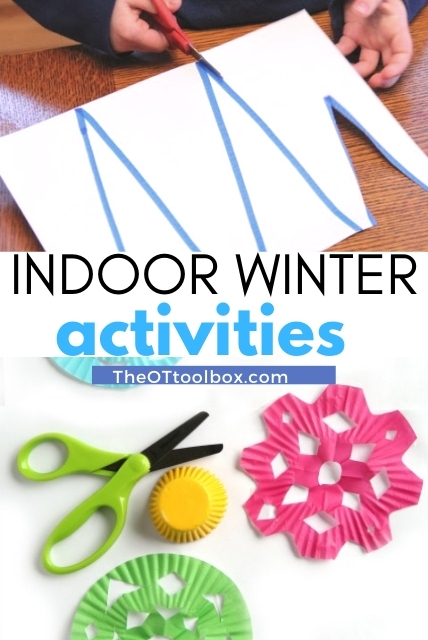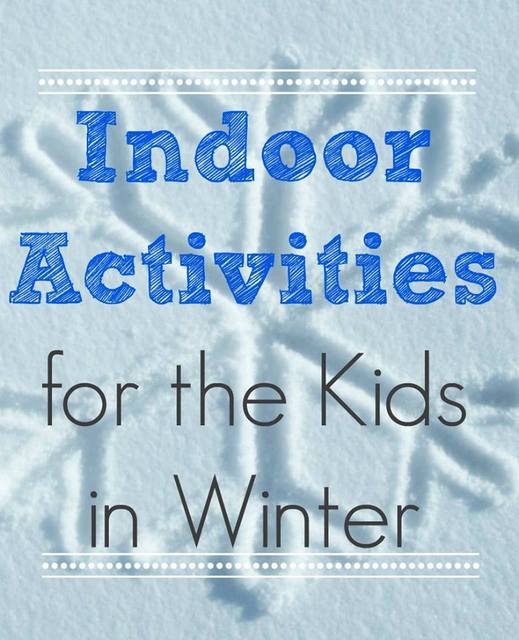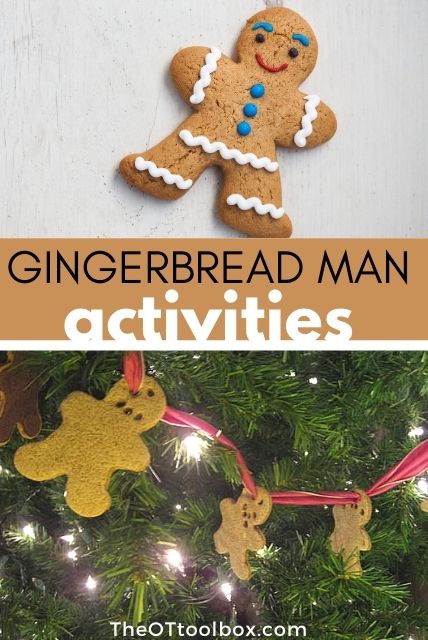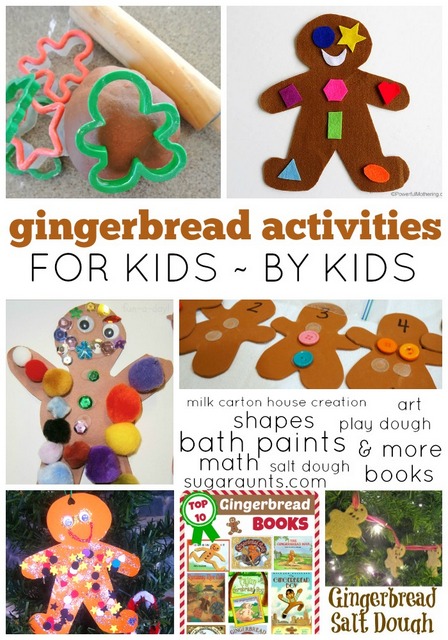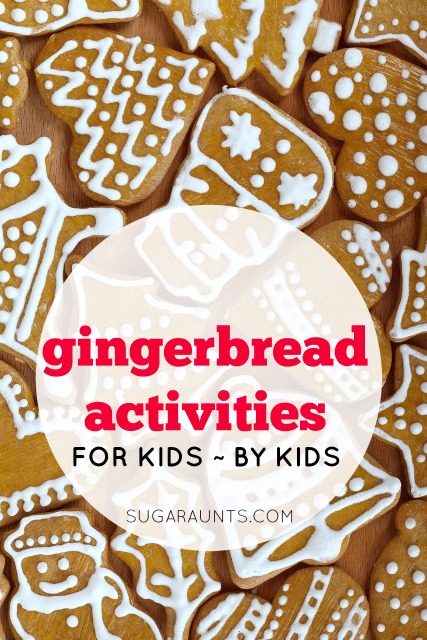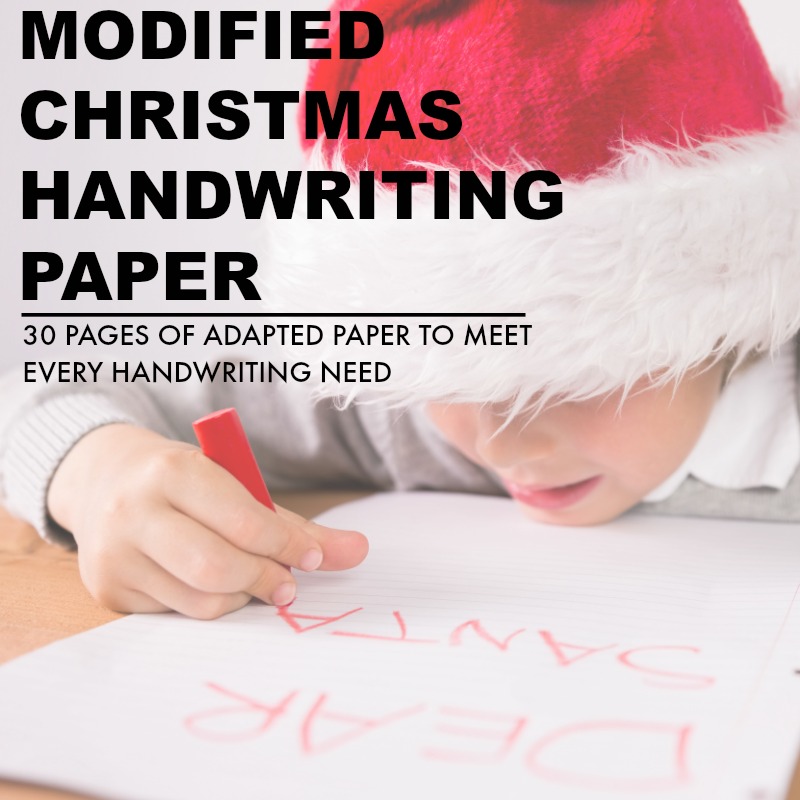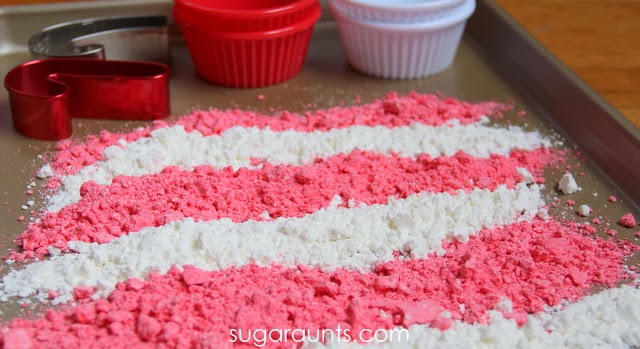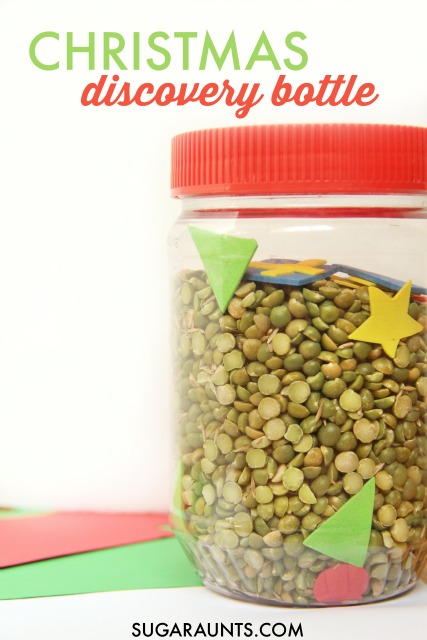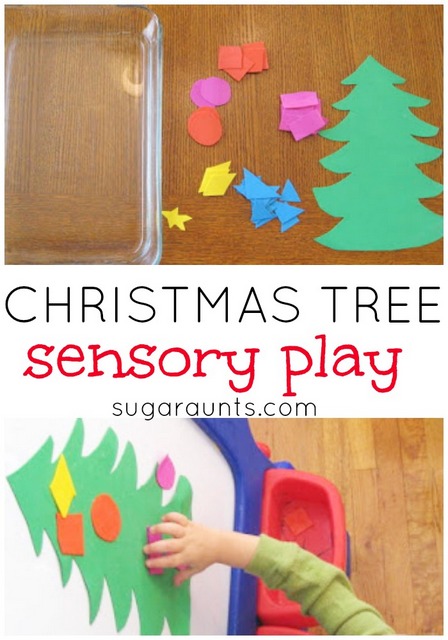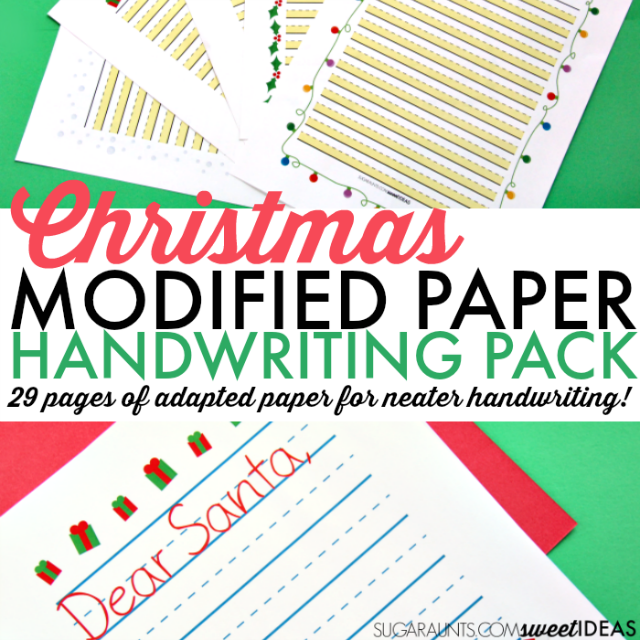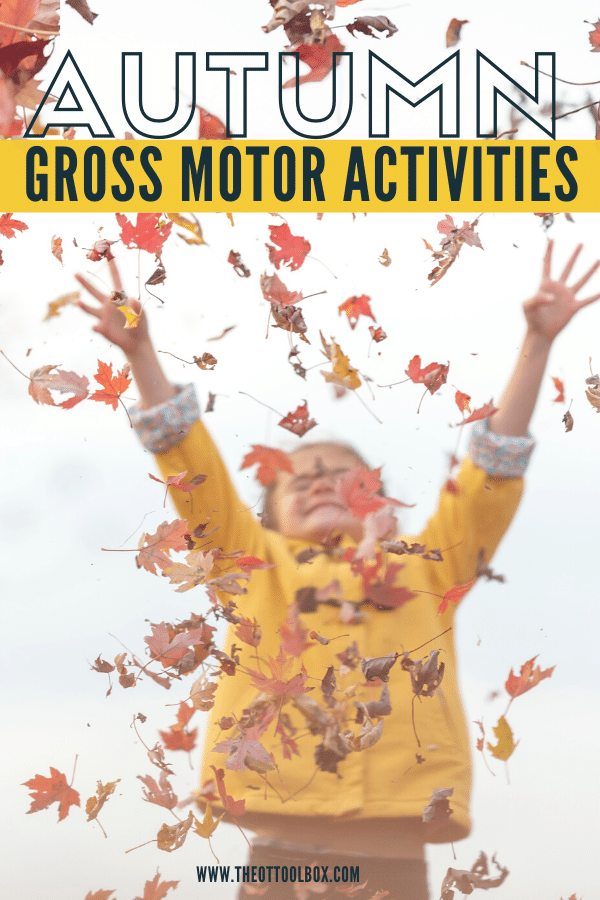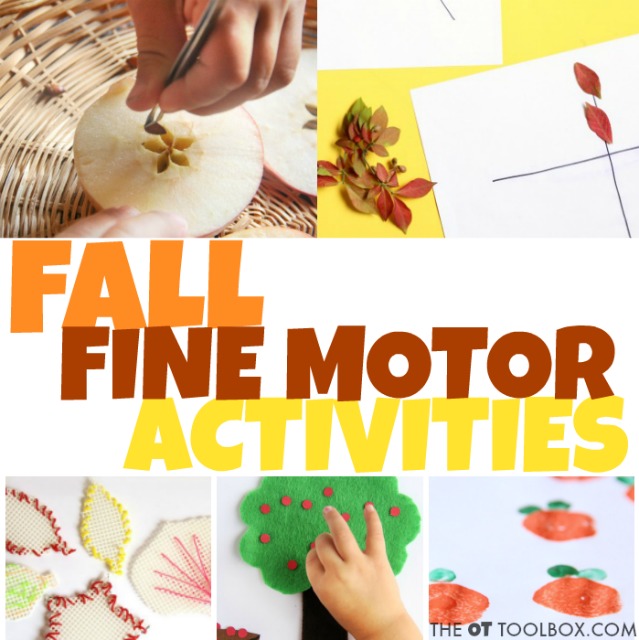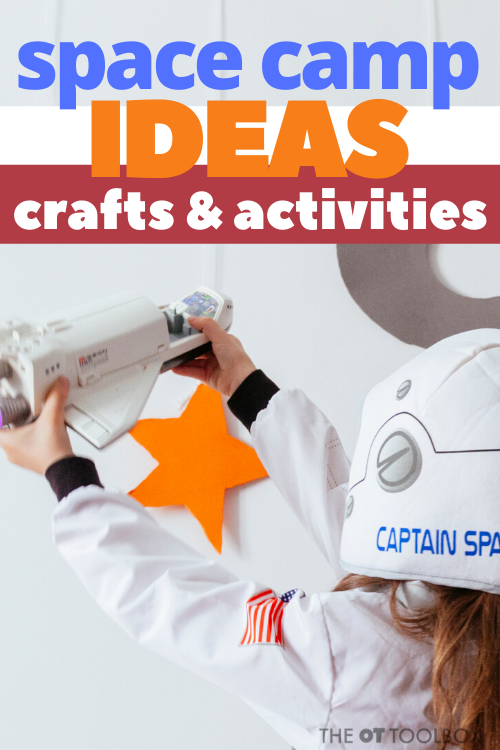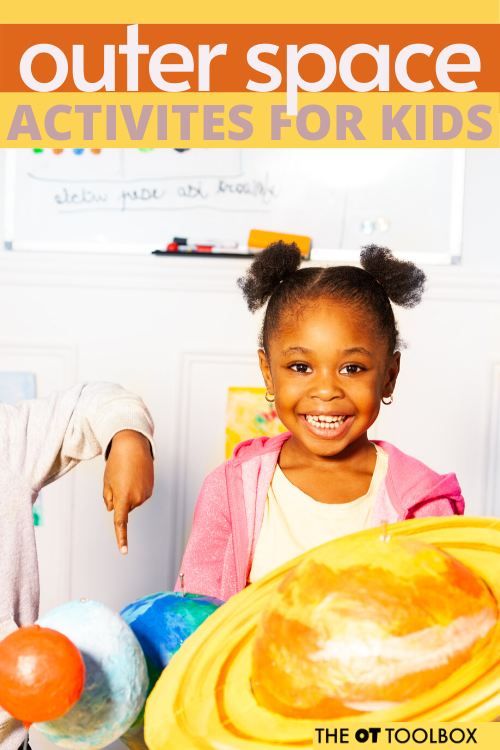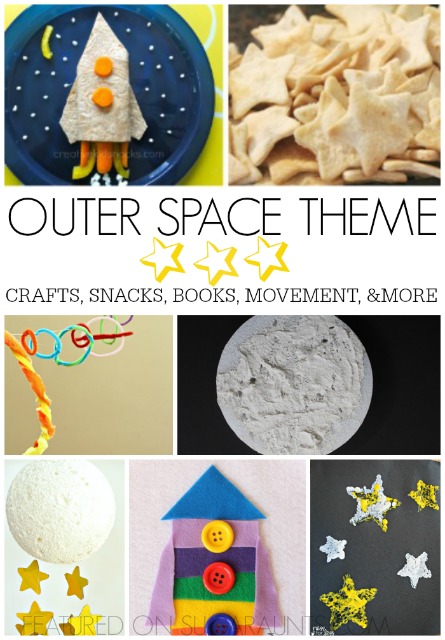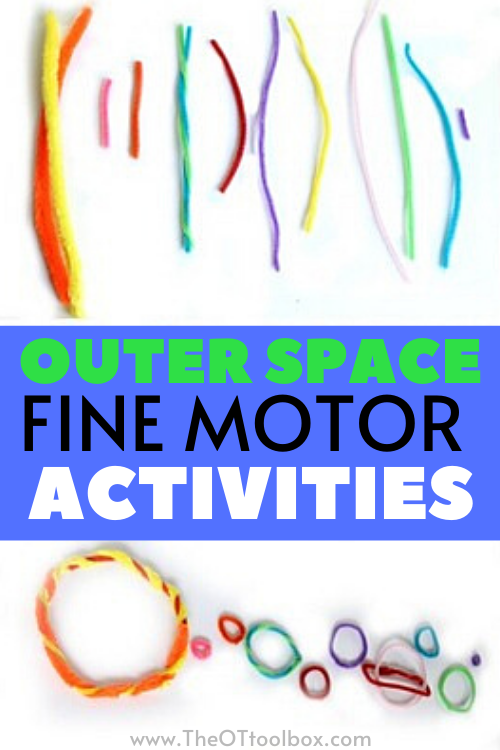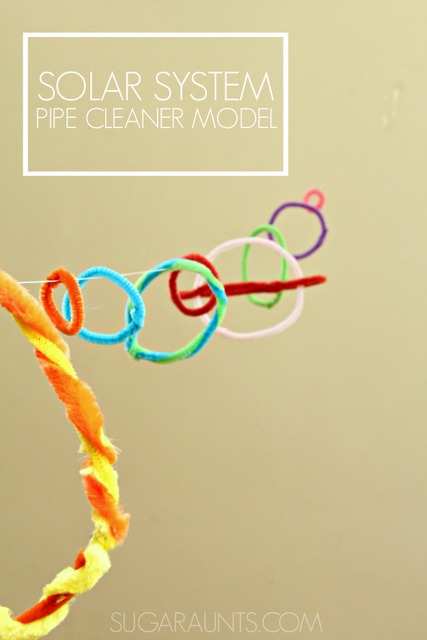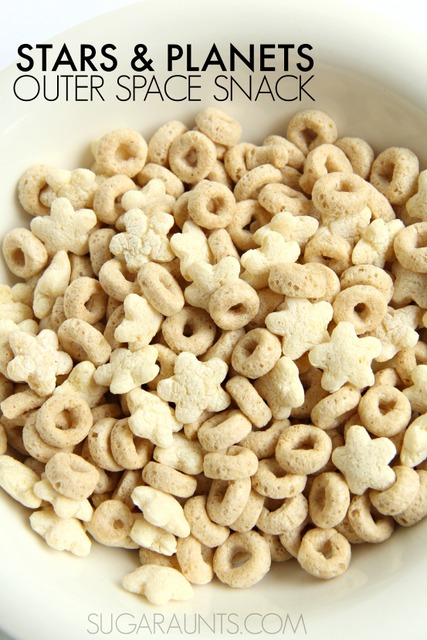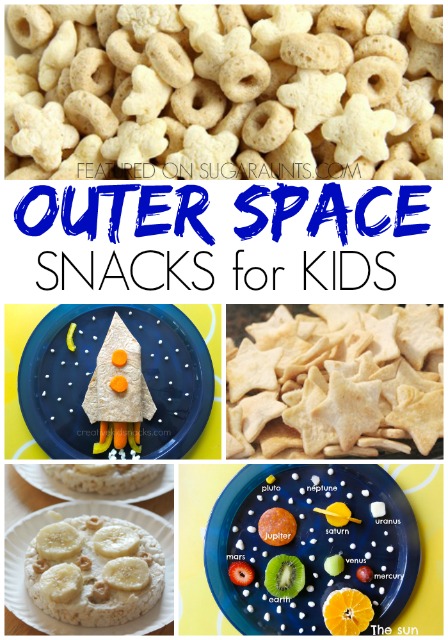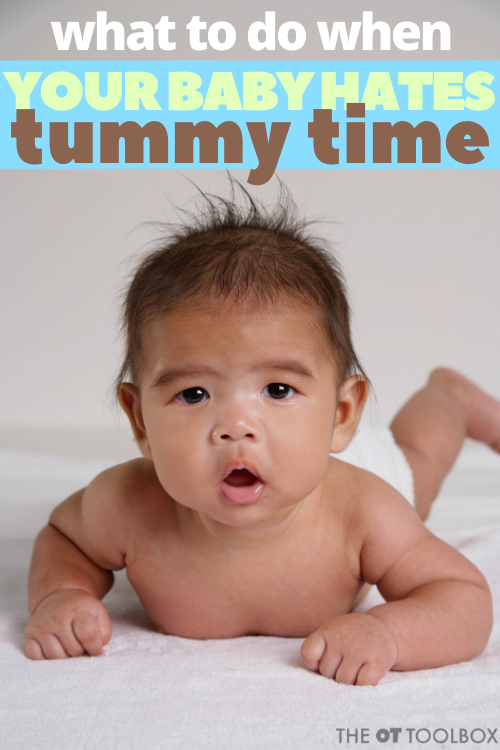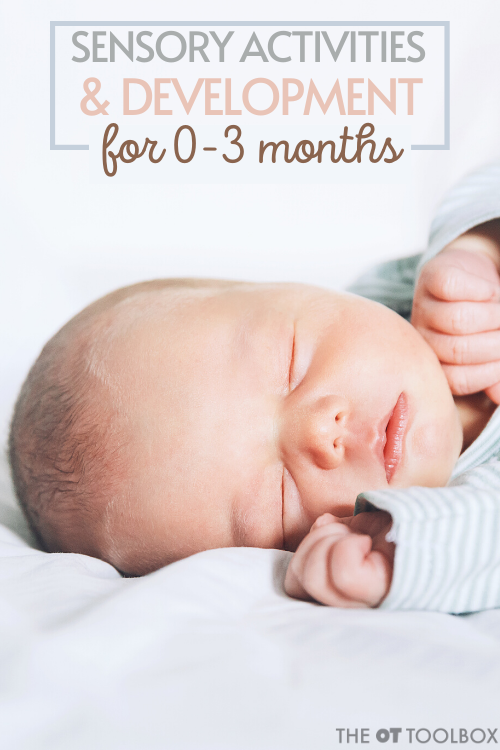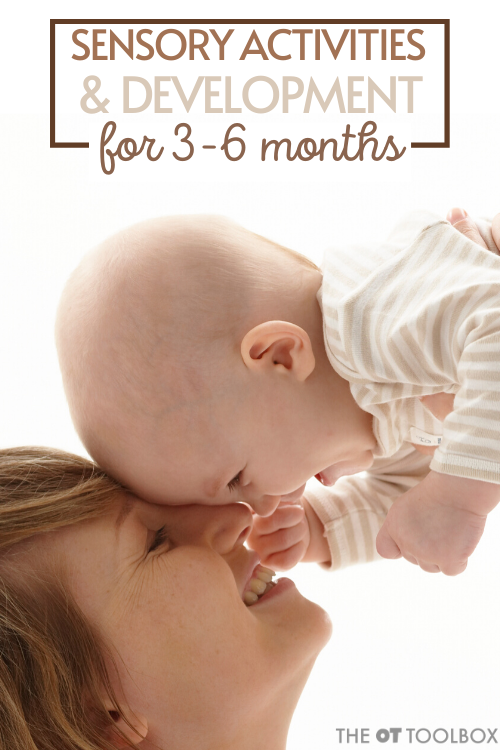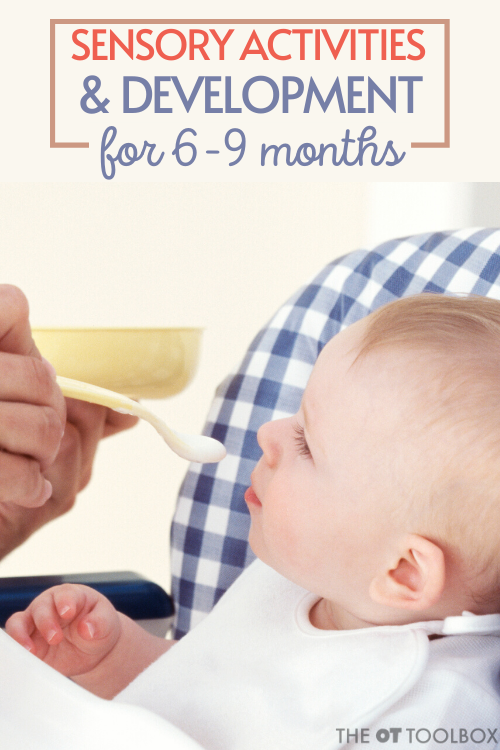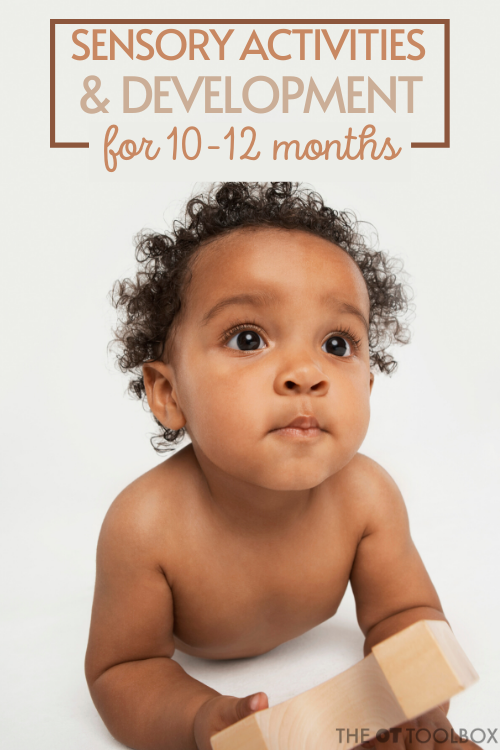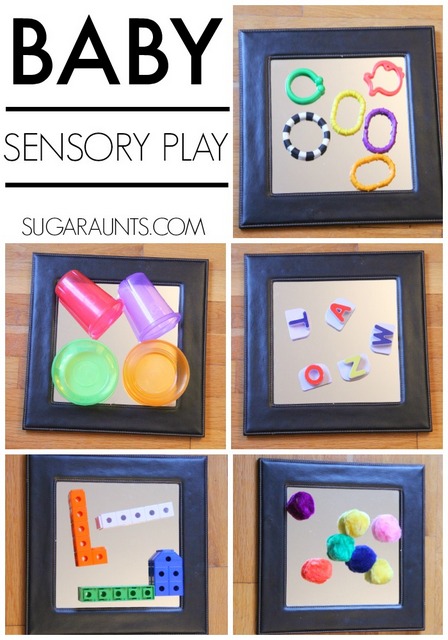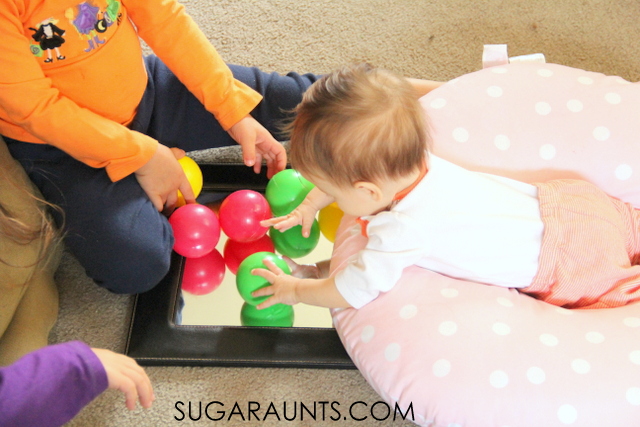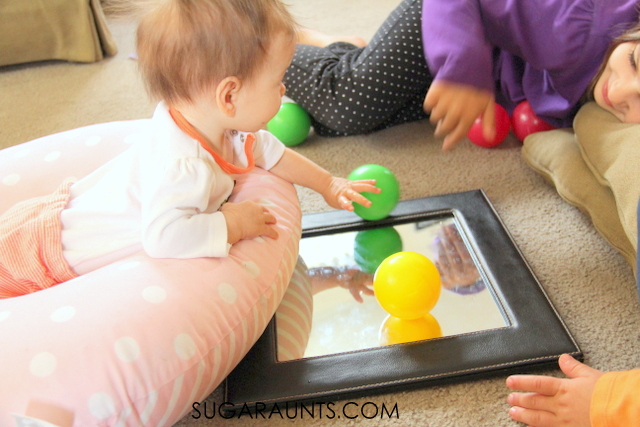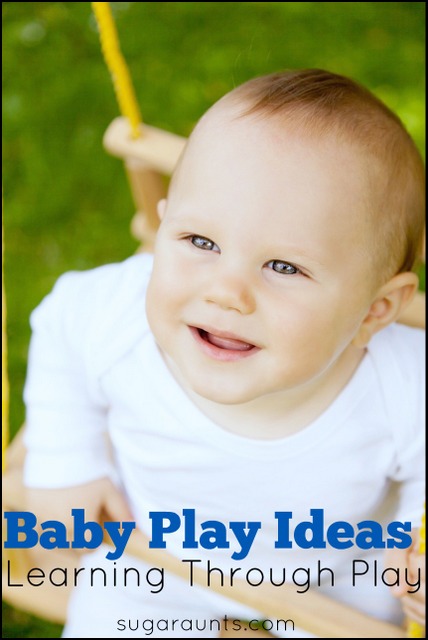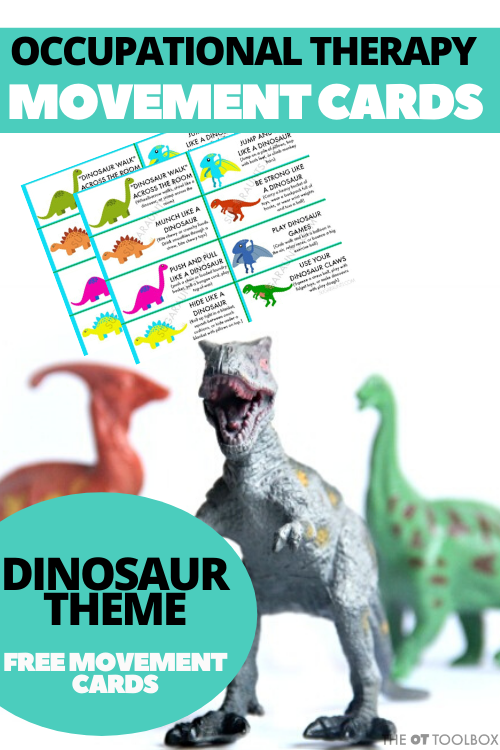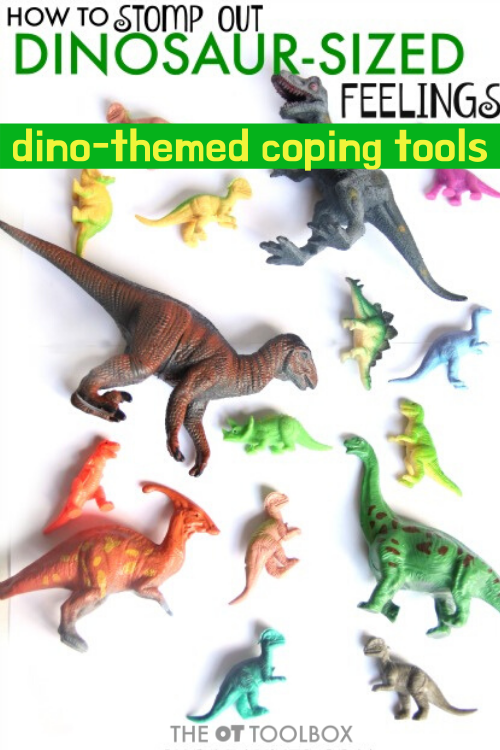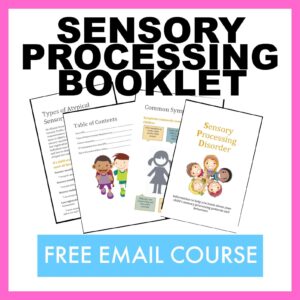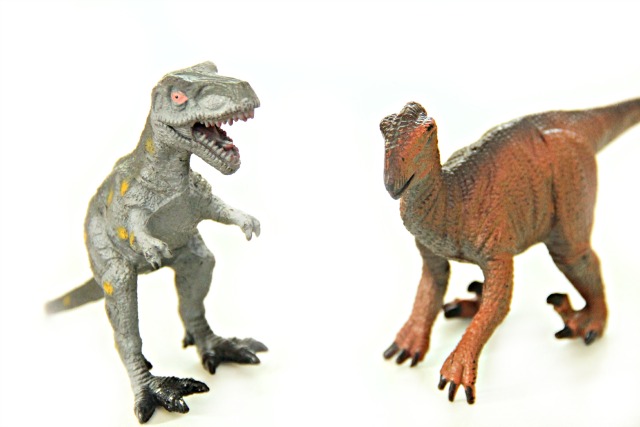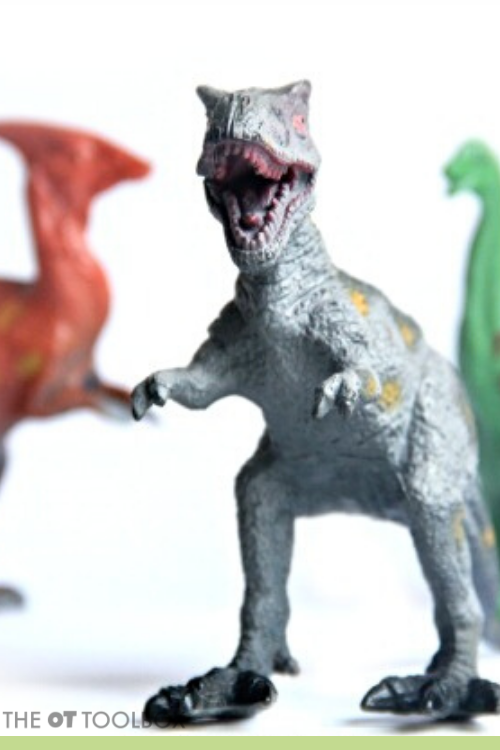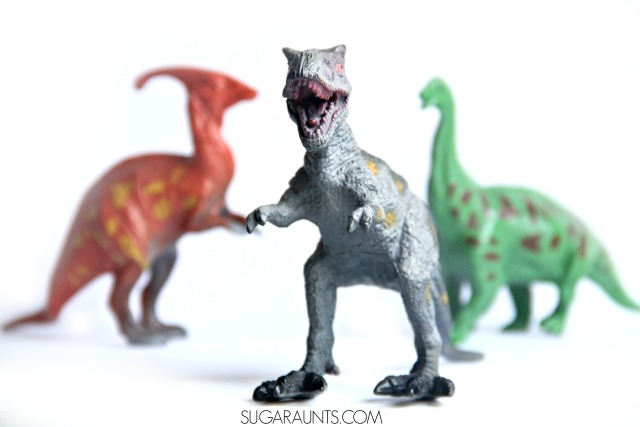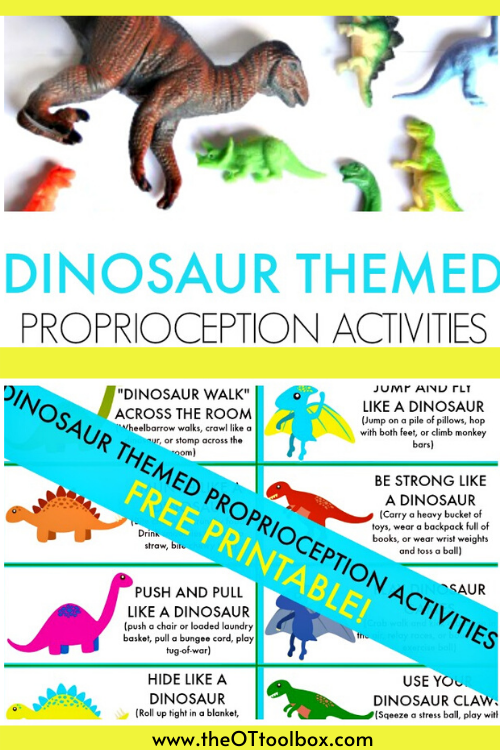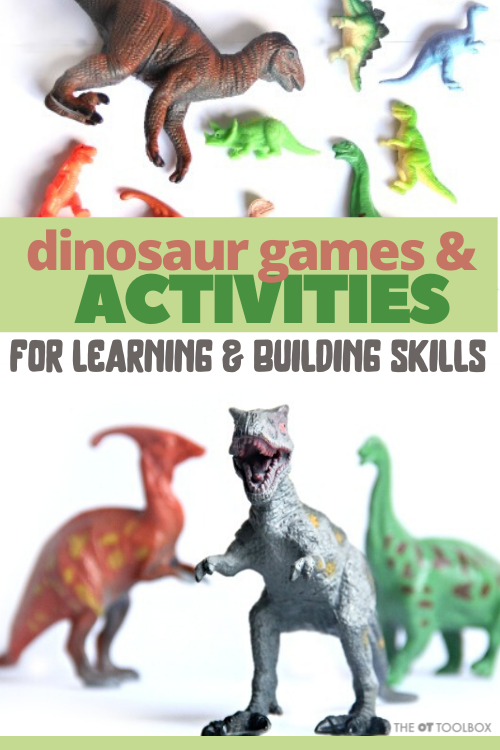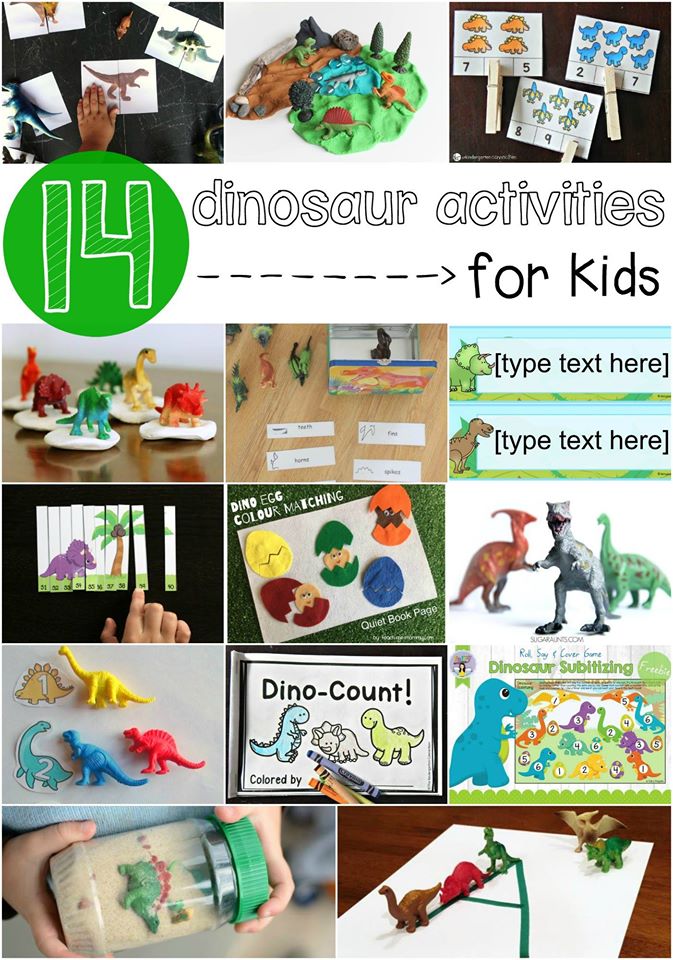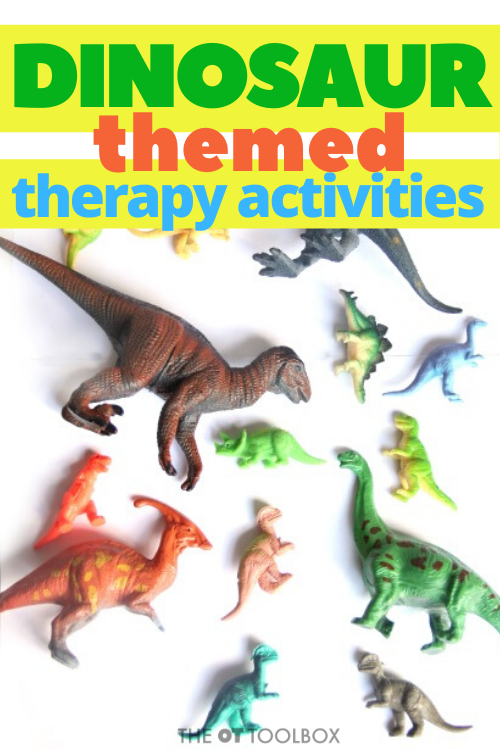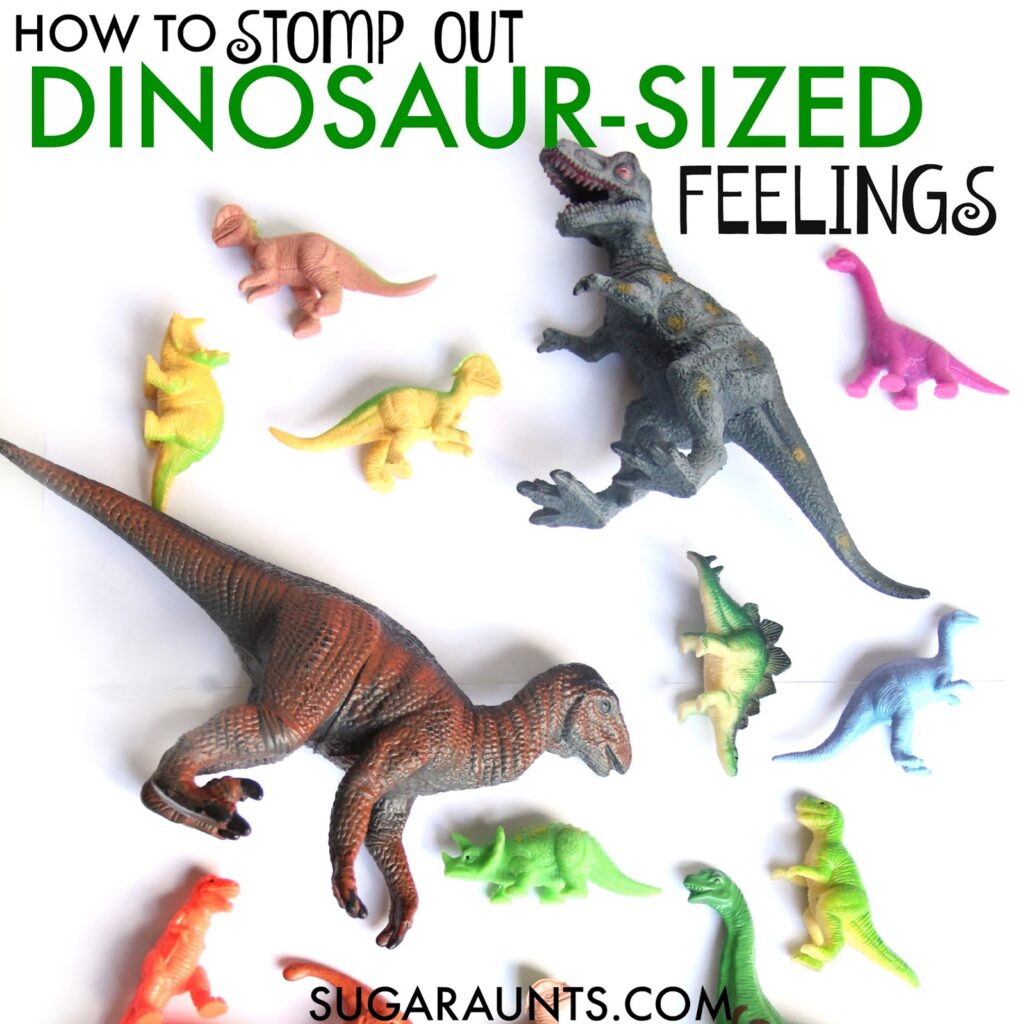Sensory activities for babies is a tool to help little ones grow and develop life-long essential skills. Baby sensory experiences and sensory play go hand in hand. A baby has so much exposure to sensory stimulation each day. From sounds, to sights, to textures and temperatures, a baby’s sensory system is rapidly developing and filing away information. In our house, when child number four was a baby, she was exposed to A LOT of auditory and visual stimulation from older siblings!
Sensory ACTIVITIES for Infants
Here, you will find sensory activities for infants and babies that can be used to help you connect and play with your little one. These baby sensory play ideas will encourage exploration of colors, textures, and properties.
First, I wanted to share this resource for parents of new babies and also therapists that work with families.
Resource for New Parents
First, I wanted to let you know about an exciting new resource for new parents. Many people think new parents are the only ones that need baby advice. Maybe you found yourself as a new mother who suddenly had a lot of questions on sleep patterns, eating and childhood milestones. But, if there is one thing that therapists wish they could tell new parents, it’s that parents could have a better understanding of how movement plays into development.
Therapists are many times, seeking resources to share with parents to support a family through the first year of baby’s development so they can thrive.
Remarkable Infants is a great opportunity for parents and professionals alike to educate more people on how to support a baby’s first-year development for future learning development.
Yes, this course does provide information on helping a baby sleep and eat, but this course is the other more comprehensive sections. The pieces most other baby trainings don’t provide.
It’s a 5-step, all-inclusive online training for new moms focusing on the development of the whole child from birth through 12 months of age. It includes the following:
- Language Development (Talking with your baby)
- Healthy Sleep Habits (Understanding baby sleep)
- Cognitive Development and Motor Development (Playing with your Baby)
- Reading with your Baby (Vocabulary, visual-motor, speech and language)
- Infant Nutrition (Feeding your baby)
Even though this course is geared to moms, it’s also great for professionals. It can be a HUGE help to clients, expecting moms you work with and those that have kids with learning challenges. The more we can help educate parents on the necessity of building a baby’s cognition, speech and language and motor movements in their first year, the further ahead that child will be later in life.
The 2 best parts are:
1. Each section is taught by a specific professional (Occupational Therapist, Speech and Language Pathologist, Pediatric Sleep Sleep Specialists and Registered Dietitian) with evidence-based research. So you know you’re getting advice from the pros!
2. If you are a professional, you can get CEU credits/Certificate of Completion for taking this course.
You can also get an additional 10% discount when you use our coupon code “COLLEEN10.” To join the Mommy Academy, click here. Don’t forget to enter the discount code!
Our Mission at the Mommy Academy is to provide new mamas with easily accessible, organized, evidence based information and practical skills. Our resources strive to remove overwhelm and exhaustion and allow new moms to spend less time on Google and more time connecting with their baby and taking care of themselves. Our mission is to make new mamas feel less alone through heartfelt encouragement, a mama community and expert support.
Sensory Play Ideas for Babies
Child development begins in the womb. As that baby develops and grows in utero, they are already stretching and moving, practicing reach and grasp, and stretching against the walls of their mother’s uterus. That push and pull that you felt as an expecting mom was your little one gaining strength and sensory input! That motor development continues after birth, and that’s when the fun begins because as mom or dad, we get to snuggle that little one, engage with them, and watch their every move!
Sensory Activities for newborns
Let’s talk specifics. During the newborn and infant stages (0-3 months), you’ll see so many physical and sensory milestones. These are developments that impact movement, communication, and feeding. Sensory developmental milestones during the first three months include:
- Following a person with their eyes
- Lifting their head to observe and listen
- Pushing up to their arms while lying in tummy time, now baby can REALLY start to take in the world around them
- Holding the head up while laying on their belly
- Opening their fist into stretched fingers- Little one can grasp and begin to explore textures
- Bringing hands to the mouth for sensory input, calming, and soothing
- Reaching for toys to explore
- Turns toward sounds or voices
- Makes eye contact
- Moving legs and arms- They are figuring out how their body moves in space and how much effort needs to be exerted to move
From the first weeks when baby doesn’t focus their eyes on anything, they strengthen eye movements and focus to visually track a toy or person by the end of the three months of age. During this stage, it’s important to allow that little one to move, stretch, kick, and strengthen their core, neck, arms, and legs, and eye muscles. Sensory activities for newborns can include:
Songs and Nursery Rhymes- For our littlest newborns, this is a wonderful first play activity. Singing softly or reciting nursery rhymes to infants gets your little one used to the sound of your voice. Make eye contact up close as you recite rhymes and songs. Baby’s vision is capable of focusing on objects at about 8 inches from their face. Using exaggerated mouth movements and wide eyes when you speak to your little one provides a high-contrast point that they can focus on.
Follow the noise- Use a rattle, squeaky toy, or other toy that makes noise as you move the toy in front of your little one’s field of vision. You want your baby to visually track the noise and follow the toy with their eyes. While baby won’t be able to really follow moving objects with their eyes until about three months of age, this activity boosts so many areas and creates the building blocks of auditory processing and visual processing. This activity can be accomplished at various stages, and in various positions. Baby can be swaddled up and laying on their back while following the toy with their eyes. Try it when baby is in tummy time. Soon, you will see reaching for that fun toy. It’s a great way to encourage reach, grasp, and even gross motor skills like lifting the head and neck while in tummy time, and rolling.
Tummy Time Back Rub- Tummy Time can be hard for babies! That little cry is so sad and makes you want to pick your little one up and snuggle them until they feel safe. But, remember the benefits of tummy time and help them to feel safe and comforted on their belly. Get down on the floor with your little one and lightly rub their back while you sing, speak, or hum. Put your face right next to your little one so they feel the warmth of your body. Make eye contact and engage with that sweet nugget!
Chest to chest- We talked before about how tummy time doesn’t need to happen on the floor. Place baby on your chest as you lean back on a couch. Your baby’s face will be close to yours and at a great position to speak softly. Depth perception of the eyes doesn’t develop until about 5 months of age, so until then, your little one is building the eye strength to better see the world. This positioning is helpful to help your little one build upper body strength.
Blanket time- A colorful play blanket is a great space to stretch, kick, and move those arms and legs. Positioning toys around baby encourages them to engage while strengthening their core, neck, arms, legs, and eye muscles. Position toys in a semi-circle around baby and get down on the floor to get in on the play action. This is a great way to build the skills needed for rolling and manipulating objects.
Leg Kick- While baby is on the floor on their back or belly, provide some bicycle action to their legs. You can slowly “bike” their legs to get them moving and then tap the bottoms of their feet. This tactile input “wakes up” the feet and can get them kicking and moving. Place a toy or object that makes noise at their feet and they will see and hear a response to moving their legs.
Sensory Activities for 3-6 months
Purposeful movement drives development and development occurs through purposeful movement. This is a fun series of months. You’ll see sensory development that drives motor skills and communication milestones:
- Rolls from back to belly and belly to back- baby is starting to really explore proprioception and vestibular input as they move and figure out how their body moves
- Holds the head and neck steady in sitting- They can focus vision on moving targets when the neck and head are steady
- Investigates textures, size, shapes, and details of objects
During 3-6 months, the baby is starting to gain some control of their body. They will start to use purposeful movement, influenced by toys and faces on the people around them in order to explore. Try these sensory activities for 3-6 month age range:
Foot Rattles- There are socks out there that have built-in noise makers. These little foot rattles encourage baby to move and shake those legs. While lying on their back, they can see how intentional movement works.
Peek-a-Boo- This is an age-old favorite…and there’s a good reason why we love this classic game! When mom or dad hides their face and then suddenly takes their hands away, baby is learning some valuable skills. They learn that objects don’t go away just because they can’t see them. Object permanence, cause and effect, and problem solving begin at this young age, and while it can take a while to master, it’s an essential skill down the road! Try playing peek-a-book with faces, objects and a blanket, and by gently swiping a blanket over baby. (Always use super close supervision with this activity!)
Crinkly Soft Toys- One of my favorite ways to develop those early fine motor skills is with a simple crinkly soft blanket. You know the kind…it’s soft material on the outside, but crinkly fabric sewn into the middle. So, when baby squeezes and grabs the soft toy, they hear a crinkly noise. The best kind are small fabric swatches because they are light enough for baby to manipulate and pick up. The OT in me loves to see that little grip grab and pull the material. You can see those motor skills develop right in front of your eyes! Use the crinkly toy in tummy time to encourage reaching and rolling, or while laying on the floor as baby brings both hands together and gives the toy a taste. They can work both hands together in a coordinated manner with feedback from the mouth. It’s a great toy for building cause and effect, too!
Mirror Play- Find a baby-safe mirror and use it in tummy time. Place a few baby items on the mirror and they can begin to push up onto their arms by putting weight through their shoulders and upper body. Another way to use a baby safe mirror is to place it in front of baby while they are in supported sitting. Baby will begin to babble and “talk” to the baby they see in the mirror.
Hula-Hoop Reach- Your little one is still building those motor skills and someday down the road they will be doing big kid things! For now, use a hula hoop to attach rattles and baby toys in a circle around them as they are in tummy time in the center. The circular positioning of toys encourages reach (and eye-hand coordination), visual scanning, rolling, and pivoting on the upper body as they move and stretch for different toys.
Sensory ACTIVITIES for 6-9 months
The months between 6-9 months are a big one for little ones’ development. Senses prevail and as your baby starts to gain more physical control, they are exploring more sensory input. Little one will begin solid foods for the first time and what a sensory experience that is!
Movement and gains in gross motor skills allow baby will move from tummy time with weight through their arms to pushing up on their arms. They will begin to lift their belly off the floor to all fours. They will move from supported sitting to unsupported sitting with reaching for toys. You’ll see that little bundle move from tummy time to rolling, crawling, and reaching. Let them move, kick, and stretch!
- Moves from supported sitting to independent sitting- Exploring the world around them
- Bears weight through hands in crawling position
- Reaches for toys while lying in the belly
- Moves toys from one hand to the other
- Uses both hands to manipulate and explore toys
- Reacts to sudden sounds
- Listen and responds to sounds or voices
- Begins to babble
- Shows an interest in foods
- Tries baby food for the first time and will move to explore more tastes and varieties of soft foods
- Imitates others in play
- Focuses on near and far objects
This is a fun age! Purposeful movement occurs and you will see baby learning so much. Here are some baby play ideas that boost the sensory development and motor skills babies need to move, manipulate toys, feed themselves, and get from place to place:
Sitting Games- Place pillows around your little one to create a soft crash mat. As baby gains the skills to sit up with balance, they can reach for toys around them. Offer a basket of washcloths, a bowl of nesting toys, hand-sized balls (ones that can’t be placed into the mouth), or other novel items. This is a great opportunity to practice reaching, placing objects into containers, and getting stronger at balance!
Living Room Obstacle Course- Along the same lines as the previous activity, use living room pillows and couch cushions to create obstacles on the floor. This is a great way to encourage movement in a variety of patterns and gain skills in crawling. As baby grows, they will become more confident in their movement and this is great to see! Be sure to stay close by and ensure the space is baby-proofed!
Bubbles- Blowing bubbles with baby is a wonderful way to encourage visual tracking, eye-hand coordination, core strength, sitting balance, neck control, and even fine motor skills! Encourage your little one to watch the bubbles as they float away and visual processing skills develop. Ask them to get the bubble and they can work on controlled reach and grasp. Bubbles are a great activity throughout the toddle years too as baby learns to gain control in standing and walking. Grab a container of bubbles and have fun!
Roll a Ball- A partially blown up beach ball is a wonderful tool for helping your little one gain balance and strength in sitting. The ball when not blown up entirely provides a great opportunity for grasp. Just be sure to keep a close watch on your little ball player. This activity should only be done under very close supervision and always trust your gut. You know that the ball is going straight to the mouth once your little one has a hold of it, so stay close by. Rolling a beach ball toward baby is wonderful for developing visual processing skills, eye-hand coordination, grasp and release, strengthening, and more. Adding more air to the ball makes it harder to grasp and harder to catch as the ball will roll more quickly and smoothly. Older kiddos can use that ball to kick, throw, and even pat-pat-pat!
Box of Toys- Have an Amazon delivery box or a shoebox sitting around? It’s a novel toy for your little one! Fill it with baby-safe objects or toys and get ready to have fun. Pulling items out and dropping them back in teaches baby so much about weight, grasp, eye-hand coordination, and even gravity. They will love to see how things fall and how they hit off other toys. Dumping a box of toys is fun of its own and is another experiment of it’s own. Baby, as they start to move and crawl can push or pull a box and gain the feedback of pushing the object along the floor. Babies that are standing at a coffee table or couch can explore and drop items into the box while they learn to hold on the safety of the couch and use one arm to hold an object. SO much development can happen with a simple cardboard box!
Put in and Take Out- Take that box play even further by using a smaller opening. An empty tissue box is another awesome tool for building skills in fine motor work, eye-hand coordination, and visual processing skills. By placing items in a container, little ones can work on things like visual discrimination and visual memory, all through play and not aware that those basic skills will carryover far into their educational years as they learn to read, write, and complete math. Amazing, right??!
Sensory Activities for 10-12 months
The next phase is a big one! During the tail end of the first year, you see big strides in free movement. You see stronger eye-hand coordination, and intentional movement. You see refined fine motor skills, improved mobility, and a stronger baby. Here are more specifics about this stage:
- Pulls up to stand at furniture
- Takes first steps holding onto furniture to “cruise”
- Moves in various positions from laying to sitting, sitting to pulling up to stand, etc.
- Drops toys into containers and grabs them to manipulate
- Uses a pincer grasp (holds small items like cereal between the pads of the thumb and pointer finger)
- Explores toys with mouth, hands, and visually
- Says first words
- Feeds self with finger foods
- Takes first steps without support
During this stage of development, babies are moving and grooving! They are building on the skills they’ve achieved and refining those motor skills. Babies are using what they’ve got in the way of grasp, reach, and gross movement to really develop their vestibular sense. By moving in different planes to crawl, swing, turn, and roll, there is movement of the fluid in the inner ear which stimulates the vestibular sense. The vestibular sense allows us to know where our body is in space. With the vestibular sense, we are able to sit without falling over, move from one point to another safely, and track objects with our eyes (which is needed in reading and writing). Try these sensory activities for 10-12 months:
Tunnels- Set ups a floor obstacle course like we talked about a few slides ago, but add some more challenging experiences. Use a baby tunnel or a large cardboard box. What a fun space to add baby toys, bins, baskets, and soft blankets for crawling over and playing with!
Kitchen Play- At this stage, baby will be much sturdier in their sitting. Set ups a scattering of kitchen bowls and wooden spoons or scoops. They can bang, stack, and drop to see how items work and move. Recycled items such as egg cartons, cereal boxes, and plastic container are fun to explore too. Be sure to make the space baby safe. This is a great way to engage your little one while cooking and preparing meals.
Sensory Play- This stage is fun because as the fine motor skills develop, you will see more refined use of the hands from a raking grasp” where all of the fingers rake items in order to pick them up in the palm of the hand into a “pincer grasp” where the pointer finger and the thumb are able to pick up a small item. Encourage sensory play by providing cooked spaghetti cut up into small lengths. Scatter the cooked spaghetti on a black placemat or tray. The high visual contrast and interesting sensory experience will engage your little one and build fine motor skills they will need down the road.
Fine Motor Play- Around 10 months, you will see more refined fine motor skills as baby uses their pointer finger and thumb to pick up small items with the pincer grasp we just talked about in our last slide. Suddenly, you will notice every speck of dirt and fuzz ball on the carpet…and so will your little one! Encourage those fine motor skills by providing baby cereal and a container for them to drop pieces into.
Stacking Activities- Use stacking cups, blocks, or small boxes (empty tissue boxes work great!) to stack and knock over! Baby will begin to gain more refined motor skills and the excitement of knocking those towers over again and again will not end!
Rolling Toys- Use balls of various sizes, toy cars, and even recycled paper towel tubes to explore how things move and roll. Take the excitement level up a notch by adding a ramp using a large cardboard piece to make a ramp. Watching items as they roll down and grabbing them to push them down all over again is big fun! It’s a great way to encourage fine and gross motor skills, visual motor skills, eye-hand coordination, and balance.
This post contains affiliate links.
We shared recently our Visual Motor Integration developmental milestones post with general timelines of baby’s hand-eye coordination. It’s important to note that all children develop differently and some of these activities may not be appropriate until they are developmentally able to participate.
Tummy Time and Sensory ACTIVITIES
Really important pieces of advice like placing your baby in tummy time, limiting time spent in baby positioners, encouraging a variety of sensory stimulation, allowing movement, and connecting with your baby through play aren’t just tips. They are really important. They are strategies for success. The next few slides I’m sharing are tools to give your baby a motor and sensory baseline that will impact them down the road with things like visual motor skills, attention, reading and writing, frustration tolerance, emotional regulation, and more. It’s the skills that kids today are really lacking in
When Baby Hates Tummy Time
We shared this mirror play idea on Instagram. At the time, Baby Girl was five months old an able to do tummy time in a Boppy pillow. Having a better understand of tummy time myths is important for new parents to understand what to do when baby hates tummy time.
The thing is that floor play for babies is essential for developing skills in infants and toddlers. And, that floor time play is important to building visual motor skills, strength, and coordination even throughout the first year (and beyond)!
Here is information on how tummy time impacts spatial awareness development in babies.
The baby positioning floor pillow provided extra support and elevated my little one’s upper body to encourage reach during tummy time. As with any piece of baby equipment, this pillow and others should be used under supervision by an adult and for short periods of time. We used a small mirror and a few colorful ball pit balls to encourage reach and exploration. Of course the big sisters had to help! Here are more ball pit activities that young children love.
How to help baby enjoy tummy time
Helping to encourage lots of tummy time in your little one doesn’t need to be stressful. But many times, it may seem like your baby hates tummy time! They scream, they cry, and they place their face right on the floor. Scary, right? Don’t worry, we’ve all been there as new moms.
Tips to help with tummy time:
Get down on the floor with your baby and encourage reaching for enticing toys or towards your face/hands as you are right out of reach.
Try some of the tummy time ideas in the Mommy Academy course.
Add tummy time in throughout the day. Try a few minutes after diaper changes or when baby is in a pleasant mood. All of that tummy time adds up to build the strength needed for pushing over to the side.
Try chest to chest tummy time as the adult holding the baby lies back on couch cushions.
Try a football hold.
While sitting on a couch, try tummy time on your lap while rubbing baby’s back.
Also, is your little one pushing up on their arms when in tummy time? The weight of the head tends to pull them over into a side position/laying on belly from tummy time, so that is another benefit.
Babies get so much exposure to different textures naturally through play. This is just a simple way to encourage functional reach and tummy time play. Some other items that work well with this baby sensory play activity that we love:
Colorful plastic cups
Extra large soft blocks. Be sure to closely monitor baby if they are able to place items into their mouth!
Chew items
Baby safe, plastic baby links
Find many more baby play ideas here to drive sensory input through play based on each stage through the first year.

